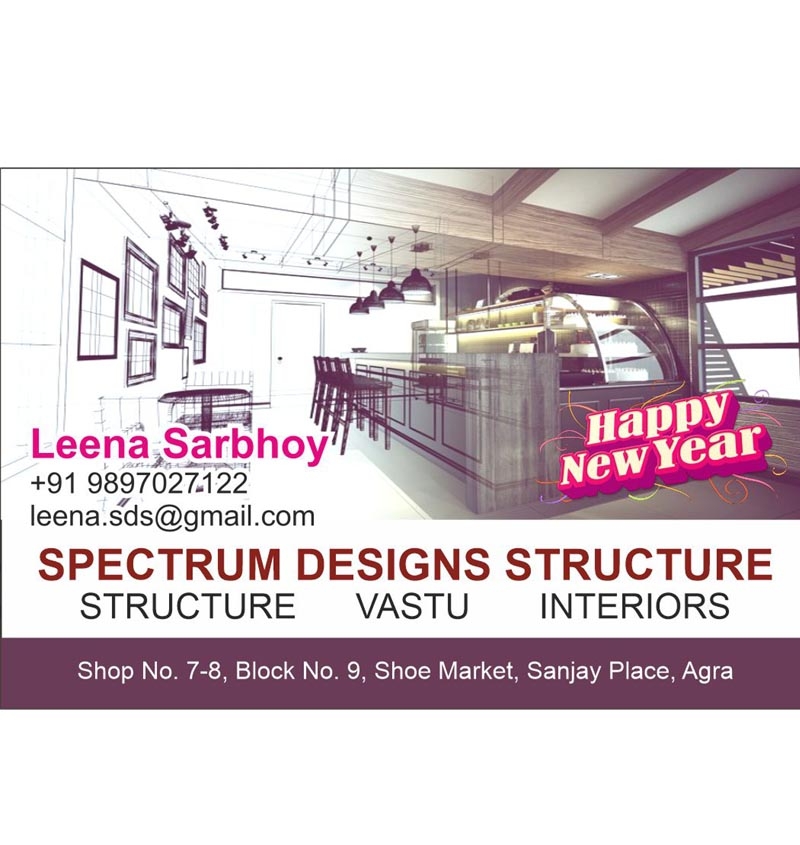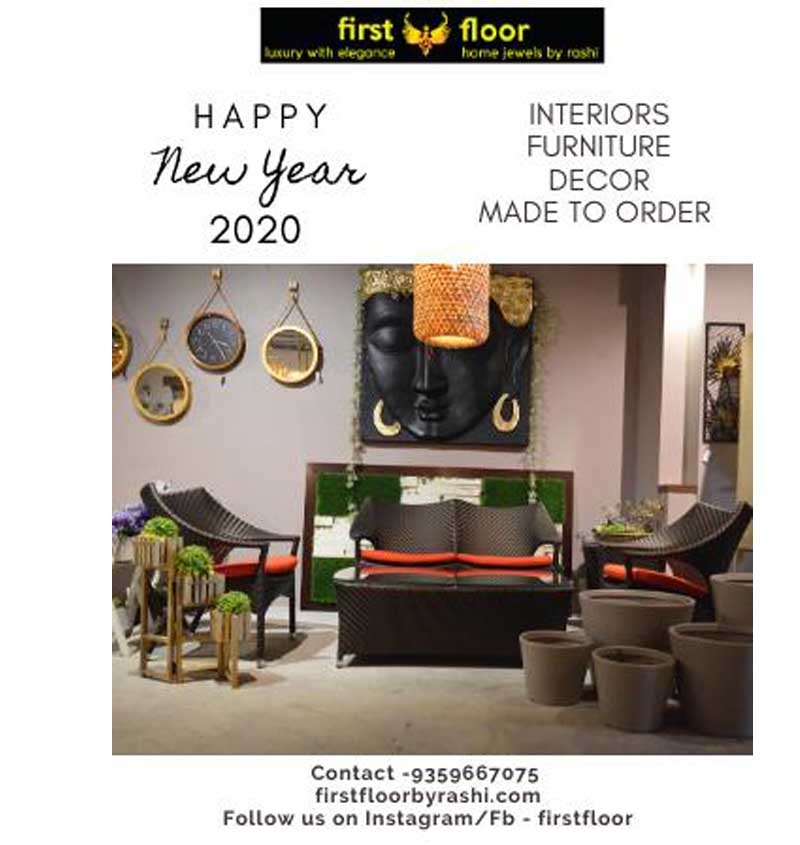Ancient Civilizations: The Birth of Interior Design
Interior design as we understand it today was not always recognized as a distinct profession. In ancient civilizations like Mesopotamia, Egypt, Greece, and Rome, the arrangement and decoration of interiors were closely tied to social status, wealth, and functionality.
In ancient Egypt, interiors were lavish and carefully planned, reflecting the importance of religion and the afterlife. The wealthy adorned their homes with murals, intricate furniture, and decorative items that showcased their status. Egyptian furniture, often made of wood or stone, was functional but also highly decorative, with carvings and bright colors.
In Greece and Rome, the focus shifted toward the balance of form and function. Greek interiors were characterized by symmetry and simple, harmonious designs, while Roman interiors featured luxurious materials, including marble, mosaic tiles, and frescoes, creating an opulent atmosphere. The Romans were also pioneers in using light and space to enhance the aesthetic appeal of interiors, laying the groundwork for the architectural principles that would later define interior design.
The Middle Ages: Functionality Meets Religion
During the Middle Ages, interior design was strongly influenced by religious institutions and the feudal system. Most people lived in simple, functional spaces, and the focus was on practicality rather than decoration. Castles and churches were often the most elaborate interiors of the time, reflecting the wealth and power of kings, nobles, and the church.
Gothic architecture, with its soaring arches, stained glass windows, and intricate details, greatly influenced the interiors of cathedrals and religious buildings. The use of light and space was integral to creating an atmosphere of reverence and awe. Furniture during this period was heavy and ornate, designed for durability and functionality rather than comfort or aesthetic appeal.
The Renaissance: A Return to Beauty and Proportion
The Renaissance (14th–17th centuries) marked a dramatic shift in interior design. It was a period of rebirth, inspired by the classical arts and culture of ancient Greece and Rome. There was a renewed focus on beauty, proportion, and harmony, and this was reflected in the design of interiors.
Renaissance interiors were characterized by elaborate decoration, the use of perspective in artwork, and an emphasis on symmetry. Furniture became more refined, with intricate carvings and luxurious materials such as velvet, silk, and wood. The use of murals, tapestries, and frescoes to adorn walls was also popular during this time. The focus on humanism and the individual also led to more personal touches in interior design, with rooms becoming more tailored to the needs and desires of the people living in them.
The Baroque and Rococo Periods: Opulence and Ornamentation
The Baroque period (17th century) and its successor, Rococo (18th century), saw an explosion of ornate and highly decorative styles. These styles were deeply rooted in the grandeur of European monarchies and reflected the power and wealth of the ruling classes. Interior spaces were designed to impress, and the focus was on dramatic effects, luxury, and extravagance.
Baroque interiors were characterized by bold contrasts, elaborate ornamentation, and the use of rich materials like marble, gilded moldings, and velvet. The Rococo style, which followed, was more playful and lighthearted, with pastel colors, floral patterns, and curvaceous furniture. Both styles were focused on creating an environment of excess and indulgence, making them a reflection of the wealth and cultural flourishing of the time.
The Industrial Revolution: A Shift Toward Function and Innovation
The Industrial Revolution, which began in the late 18th century, brought significant changes to interior design. With the rise of mass production and new technologies, furniture and home goods became more affordable, and interior design started to move away from the purely aristocratic and elite world.
This period saw the birth of new materials such as cast iron and steel, which allowed for the creation of lighter, more functional furniture. Interiors became more practical, with an emphasis on comfort and convenience. The introduction of the middle class into the world of interior design led to a democratization of taste, with more people able to access stylish but affordable designs.
The Arts and Crafts movement, which emerged in the late 19th century, rejected the mass production of the Industrial Revolution and emphasized craftsmanship, natural materials, and simplicity. Interior spaces were designed to be functional, practical, and reflective of the beauty of hand-made objects.
The 20th Century: Innovation and Modernism
The 20th century saw the emergence of modernism, a design movement that emphasized clean lines, minimalism, and functionality. Influenced by the Bauhaus movement and designers like Le Corbusier and Frank Lloyd Wright, interior design in the early 1900s focused on the use of modern materials, such as steel, glass, and concrete, to create sleek, open spaces.
The 1920s and 1930s brought about the Art Deco movement, which combined modern technology with luxurious materials like lacquer, chrome, and exotic woods. Art Deco interiors were glamorous, geometric, and bold, reflecting the prosperity of the time.
Post-World War II, interior design continued to evolve with the rise of mid-century modernism, which embraced simple, functional designs and the use of new materials like plywood and fiberglass. This period was marked by the use of open floor plans, clean lines, and a blend of form and function that laid the groundwork for contemporary interior design.
Contemporary Interior Design: Eclectic and Sustainable
Today, interior design has evolved into a dynamic field that blends a variety of styles and influences. Contemporary interiors draw from a wide range of historical periods, from minimalism to vintage and mid-century designs. With globalization, people are increasingly blending different cultural styles, creating spaces that reflect personal identity rather than following a strict design aesthetic.
Sustainability has also become a key focus in modern interior design. The use of eco-friendly materials, energy-efficient technologies, and a focus on reducing waste have become integral to the design process. As a result, contemporary interiors often emphasize the use of natural materials, recycled goods, and designs that enhance environmental responsibility.
Conclusion
The history of interior design is a story of evolving tastes, cultural shifts, technological advancements, and changing lifestyles. From the opulence of ancient Egypt to the minimalist lines of modernism, interior design has always reflected the values and needs of its time. As we look to the future, it is clear that the field will continue to adapt and evolve, blending the past with the present to create spaces that are not only beautiful but also functional and sustainable. The journey of interior design is far from over, and the possibilities for the future are as vast and varied as the history that has shaped it.



















Your Message